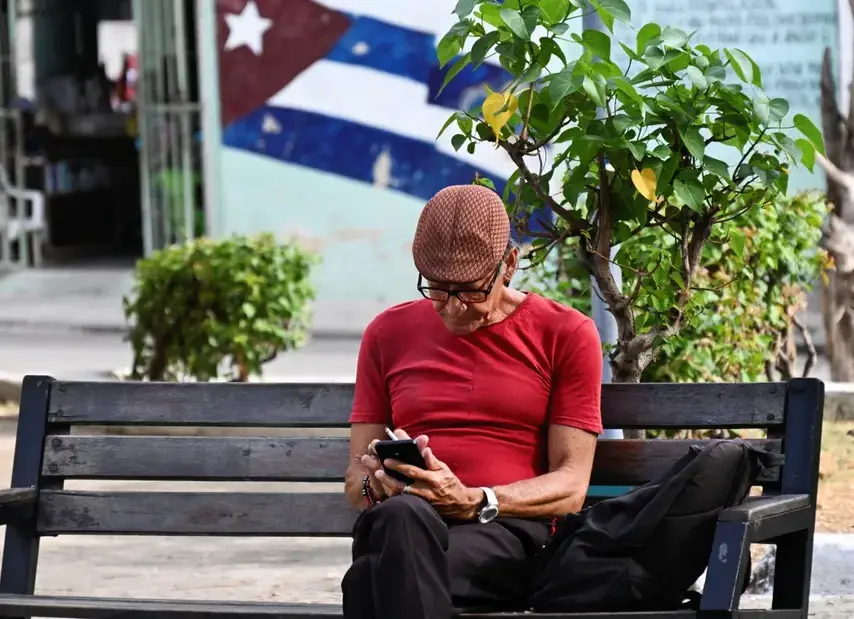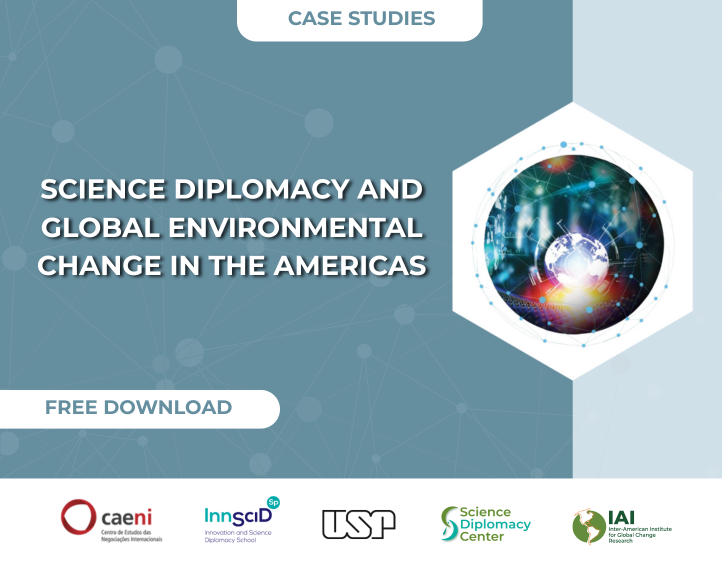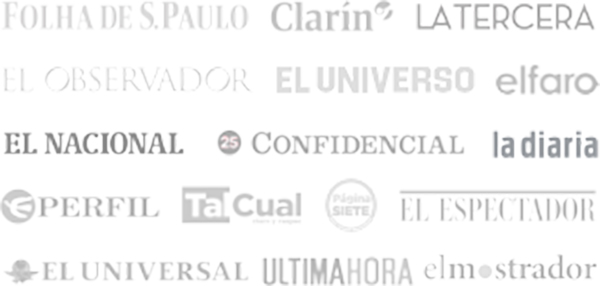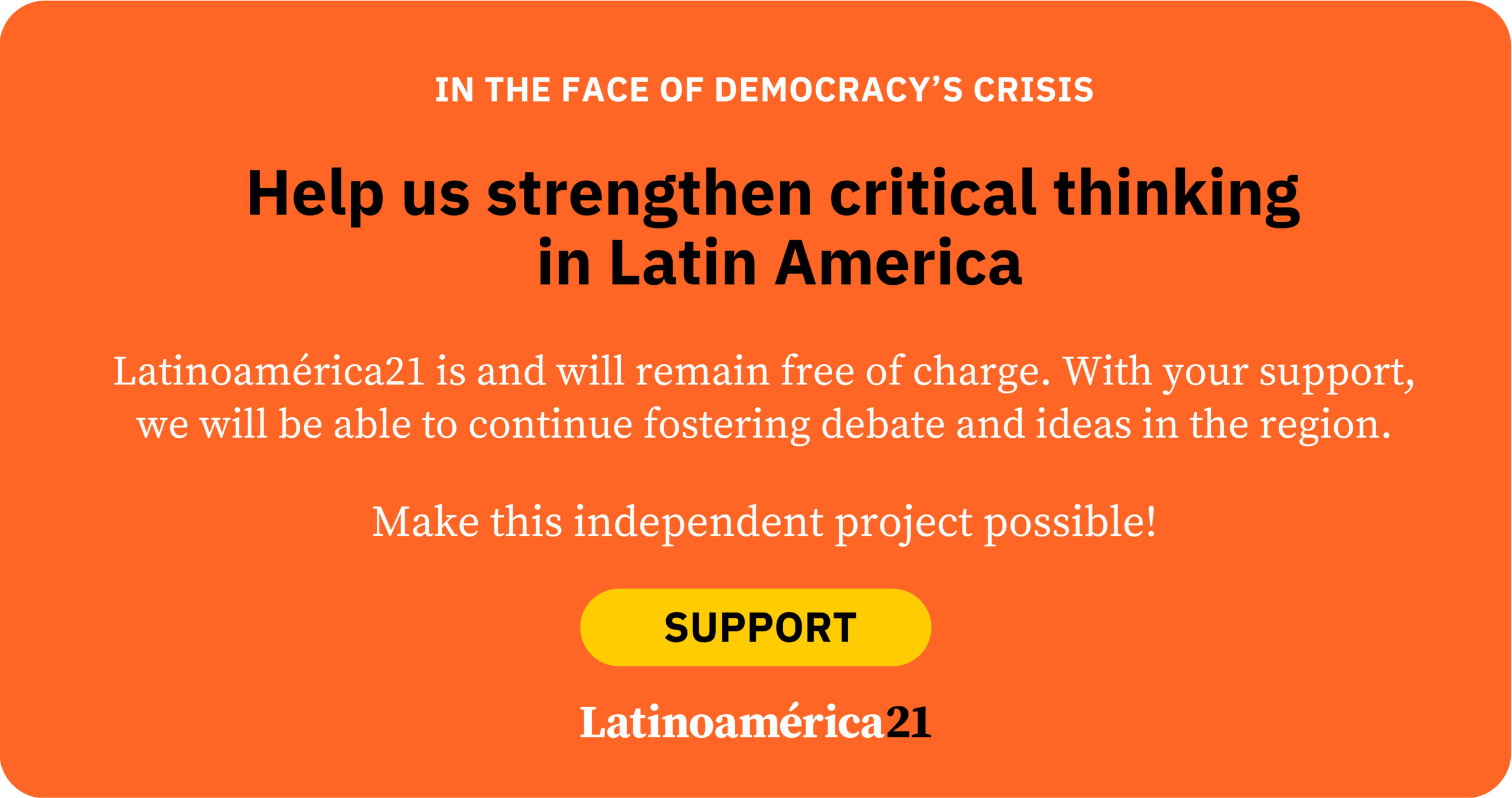A political regime is a stable and coherent system, a structure of formal and informal rules and norms that govern the relationship between the rulers and the ruled within a given jurisdiction—usually a recognized sovereign state. Four analytical dimensions are commonly used to study regimes: leadership, pluralism, mobilization and ideology. In the case of regimes like Cuba’s, which originated as totalitarian and were inspired by the Soviet model, the concept of non-transitional change is also employed. These are considered non-transitional because the Cuban Communist Party (PCC) retains its monopoly on power. As long as this party controls the regime and blocks political pluralism, there can be no talk of a democratic transition, regardless of any economic or social reforms that may occur.
Pluralism is defined as the capacity for autonomy and competition within society, the economy and politics in a given state. Under totalitarianism, the monopoly on power eliminates economic, social and political autonomy both in law and in practice. In its post-totalitarian phase, however, some degree of economic and social pluralism begins to emerge—though still insufficient to establish true political competition. The last sphere over which the Cuban regime lost totalitarian control was the information sphere, as mobile data opened access to the internet.
Starting in December 2018, the Cuban authorities began to lose their monopoly over the information consumed by citizens. Independent spaces beyond state control began to emerge, including news media and social media groups where people interact through messaging apps. Since then, this expression of social pluralism has grown into a parallel culture—despite the high cost of internet access, poor connection quality, censorship and repression by the authorities. These efforts have restricted but not severed access to the internet, especially for younger Cubans. The spaces for social interaction enabled by internet access have been repressed by the government, at times even by shutting down the entire country’s internet connection, as happened after the July 2021 protests.
Still, people use the internet in their daily lives. This is why the recent digital price hike—dubbed the tarifazo—implemented by the state-owned Cuban Telecommunications Company (ETECSA) constitutes a direct attack on these new forms of social pluralism made possible by the internet, particularly those involving university students. The first thing to note is that the price increase and the move to dollarize ETECSA services are not corporate decisions, but political ones, announced in 2024 by Prime Minister Manuel Marrero Cruz. Nor are they merely economic measures—they can be interpreted as part of a political strategy to reassert totalitarian control over one of the few areas where the government had lost absolute power: access to the internet and to information.
The tarifazo now marks a profound step backward. With prices set in dollars and salaries paid in Cuban pesos, much of the population—especially young people without access to remittances—is being pushed into digital disconnection or silence. But the most troubling aspect is not the cost itself, but the political goal behind the measure: to drain the digital space of critical content through economic exclusion. This tactic fits perfectly into a logic that can be described as post-totalitarianism with neoliberal effects, a formula that combines total political control with social exclusion via market mechanisms. If you can’t pay in dollars, you can’t access the internet. This isn’t about restricting access to a luxury, but to a space where rights can be exercised with minimal state interference.
Moreover, the tarifazo is part of a broader process of dollarizing the Cuban economy, in which essential goods and services are only available in foreign currencies. This process is accompanied by budget cuts in socially sensitive areas, the elimination of subsidies and price hikes on basic goods and services. The result is a fragmentation of citizenship: between those who have access to dollars—via remittances, private business, or connections with people abroad—and those who only have access to the national currency. Social equality, once touted as a hallmark of the Cuban model, has been shamelessly abandoned as the post-totalitarian regime has solidified.
One of the most revealing and interesting effects of the tarifazo has been the unrest it provoked in sectors that had long practiced, at least publicly, strict obedience to the vertical authority structure of the PCC. The University Student Federation (FEU), traditionally a “transmission belt” for the single party to legitimize the regime and mobilize its supporters, showed internal cracks for the first time in years. While the organization’s national leadership upheld the official line, several local chapters expressed dissent. Some even called for the resignation of the FEU’s national president. Students organized a strike, created discussion forums, made public statements on social media and—above all—made clear that being excluded from the digital space is a violation of their rights through economic discrimination.
These internal contradictions point to a reality the regime seeks to deny: Cuban society no longer fits into the vertical mold of classic totalitarianism. Social pluralism—limited and repressed though it may be—has found its way through the cracks in the political system. While political pluralism in the democratic sense is still prohibited, the internet has allowed many people to develop a critical consciousness, even without structured political parties or autonomous organizations—more clearly than ever. The ETECSA tarifazo aims to shut down that space, but it is already too late. The divide is not just digital; it is generational, political and symbolic.
The young people who questioned the new rates, exposed the system’s contradictions, challenged university authorities and faced—whether visibly or subtly—the repression of Cuba’s security apparatus while demanding their right to access the internet, have confirmed the illegitimacy of the political regime, even from within mass organizations and educational institutions. Ultimately, the ETECSA tarifazo is a deliberate policy of exclusion aimed at silencing the kind of social pluralism that finds expression through the internet. In a country where political pluralism remains forbidden, restricting access to one of the few spaces where a diversity of thought still exists reveals not only the political elite’s fear but also the fragility of their power. And as Cuba’s university students have shown, even under adverse conditions, cracks in the system of control continue to widen—and sometimes, those small fractures signal the beginning of unexpected collapses.
*Machine translated, proofread by Ricardo Aceves.













